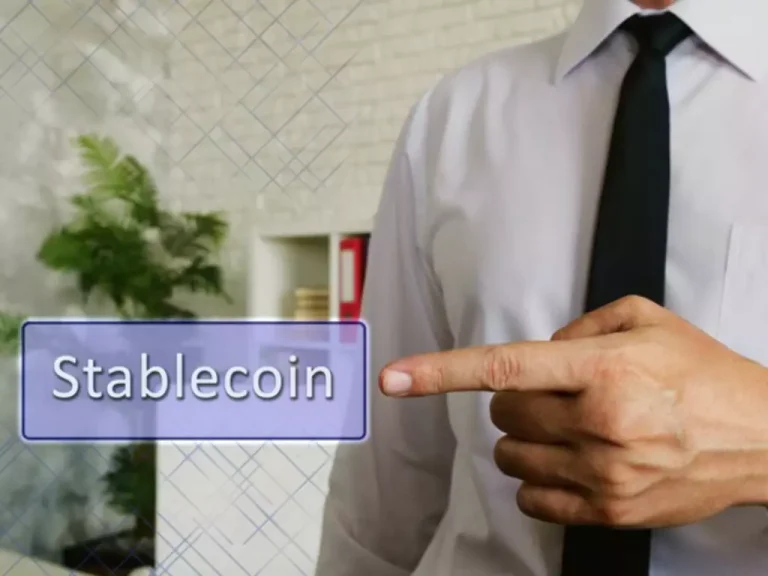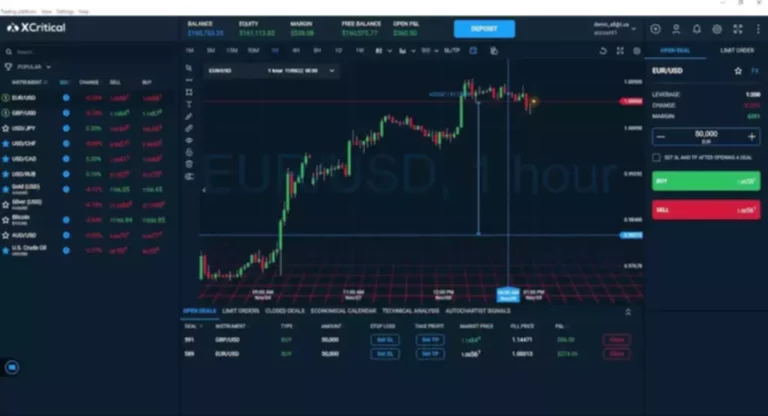The Balancer AMM uses a Constant Mean Market Maker (CMMM) mannequin, which permits liquidity swimming pools to hold as much as eight assets. And whereas AMMS have already experienced huge development, they are still in their infancy. Inspiring improvements are just across the corner – multi-asset liquidity swimming pools and protocols with non-permanent loss resistance are already being developed and examined. Traditional AMM designs require large quantities of liquidity to realize the identical level of price impression as an order book-based exchange.

If you are selling BNB in return for BUSD on the Binance DEX, then you’ve someone on the opposite aspect of the transaction who purchases BNB with the BUSD in their possession. On the opposite hand, you’ll find a easy reply to “How do automated market makers work? Traditionally, market makers help find amms meaning one of the best prices for traders with the bottom bid-ask unfold on centralized order books. The bid-ask spread is the distinction between the best worth a purchaser desires to pay and the bottom price a seller will settle for.
Why Are Amms Becoming Popular?
This shift not only simplifies buying and selling but additionally considerably amplifies the accessibility, effectivity, and impression of digital asset exchanges, marking a pivotal evolution within the crypto space. However, the liquidity pool has buying and selling pairs such as ETH/DAI or ETH/USDT. On the other hand, you don’t need one other trader to make a transaction as you’ll be able to interact with a smart contract that generates or ‘makes’ the market.

However, a centralized change may be shut down if a CEO or keyholder dies, disappears, or loses their private keys. Worse nonetheless, users can lose entry to funds or lose funds altogether when an trade holds custody of their property. Another example of an automated market maker (AMM) is PancakeSwap, the number one AMM on Binance Smart Chain (BSC). However, PancakeSwap boasts various features, together with a lottery, non-fungible tokens (NFTs), and a predictions market. Automatic Market Makers is what the crypto system wants, since without it, buying and selling on the trade is not attainable with the token liquidity that most people have. Therefore, the progress and improvement of expertise is accelerated.
Significance Of Liquidity
As you’ll be able to discover, various varieties of Automated Market Makers on decentralized exchanges or DEXs have modified the methods of figuring out the price of crypto property for trading. However, AMMs also include some risks such as vulnerability of good contracts, impermanent loss, and security procedures. Another notable entry amongst Automated Market Makers in present times would check with Kyber Network. As a matter of truth, Kyber Network is one of the oldest AMM protocols in the market. Interestingly, professional market makers deal with managing the liquidity swimming pools of Kyber Network.

For the sake of simplicity, the the rest of the article will typically check with the CPMM, however will generally additionally apply to the CMMM. Due to mounting regulatory scrutiny, centralized exchanges (CEXs) have gotten increasingly susceptible to censorship and account freezing. Also, CEXs have a single-point-of-failure, leaving them prone to attacks and hacks.
Similar to Dodo, these two extremes are mixed on a steady spectrum parameterized by a slippage parameter, k. This can turn into significantly dangerous for configurations closer to a CSMM (k near 0) with an unreliable oracle. A traditional market maker is a agency or person that actively quotes each purchase and sell costs for monetary devices, making certain liquidity and stability within the markets.
Be Taught Extra About Blockchain Know-how
Multi-token swimming pools can serve as a distinct highlight with Balancer by working as an index in the area of cryptocurrency. Uniswap leverages AMM mechanism for the calculation of token prices in accordance with the token ratio in liquidity pools. With a bigger variation, you may be more probably to incur a bigger impermanent loss. Therefore, Automated Market Makers usually work successfully for token pairs that have identical values, similar to wrapped tokens or stablecoins. In the event of a comparatively small vary of the value ratio between a token pair, the impermanent loss turns into negligible. Although typically worthwhile, utilizing automated market makers (AMMs) is inherently dangerous.

From this, you will obtain passive earnings in the type of a percentage of transactions. Liquidity pools present customers with the very capability to make transactions directly on the blockchain. In a nutshell, an AMM permits buying and selling crypto and different digital assets without counting on external information. A non-permanent loss happens when the market price between the tokens deposited in the AMM diverges in both direction. As a rule, the greater the distinction between the prices of tokens after they are deposited, the more vital the non-permanent losses are.
An Outline Of Automatic Market Maker Mechanisms
In simple phrases, AMMs are autonomous buying and selling mechanisms that replace traditional market-making strategies that rely on the interaction between patrons and sellers. AMMs use liquidity swimming pools, where users can deposit cryptocurrencies to offer liquidity. These swimming pools then use algorithms to set token costs based on the ratio of assets in the pool. When a consumer desires to trade, they swap one token for another directly through the AMM, with costs determined by the pool’s algorithm. However, massive modifications in the ratio of the token pair might suggest extra concerns for liquidity suppliers.
The CMMM generalizes the CPMM by permitting the liquidity supplier to specify desired portfolio weights, corresponding to a 20%-80% break up. In comparison, the CPMM lacks this customization and therefore always enforces an equal 50%-50% portfolio split. This generalization supplies more flexibility to liquidity suppliers to adjust their market-making portfolios, however the underlying design and results are nonetheless the same as the CMMM discussed above.

In non-custodial AMMs, person deposits for trading pairs are pooled within a sensible contract that any trader can use for token swap liquidity. Users commerce towards the good contract (pooled assets) versus instantly with a counterparty as in order book exchanges. Liquidity refers to how simply one asset could be converted into one other asset, usually a fiat currency, with out affecting its market value. Before AMMs got here into play, liquidity was a problem for decentralized exchanges (DEXs) on Ethereum.
Automatic market makers work far more efficiently than previously used human market makers on exchanges, which manually carried out transactions primarily based on the order book created by individuals. Automatic liquidity suppliers have utterly solved the problems with the so-called slippage and delays in detecting prices available in the market. With using AMM prices are regulated without the participation of people. Locking assets in a pool is principally incentivized by the chance of yield farming by way of the transaction fees accumulated by the pool. But due to impermanent loss, liquidity provision is usually less profitable.
So, how do the farmers sell their produce without involving all of the above steps? These middlemen buy the produce from farmers in bulk, run the intermediate processes, factor in their revenue, and promote it to finish consumers like you and me. Now, suppose you’re a shopper who needs to buy some greens to be used.
Automated market makers (AMMs) are decentralized exchanges that use algorithmic “money robots” to supply liquidity for merchants buying and promoting crypto assets. Automated Market Makers (AMMs) have undeniably redefined the panorama of digital asset trading. By facilitating decentralized and trustless exchanges through liquidity pools, AMMs remove the need for traditional financial intermediaries, providing a a lot more inclusive buying and selling surroundings.
